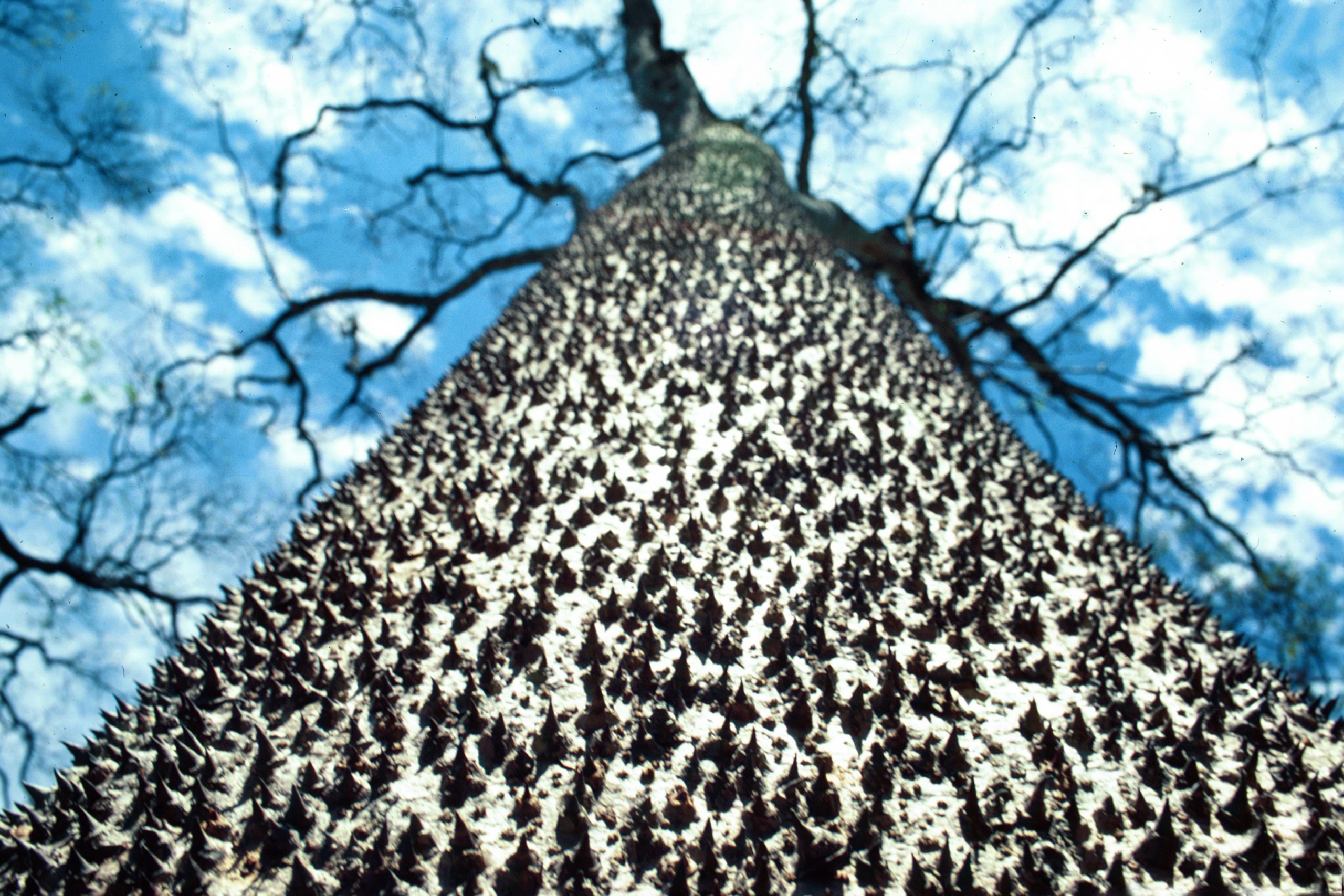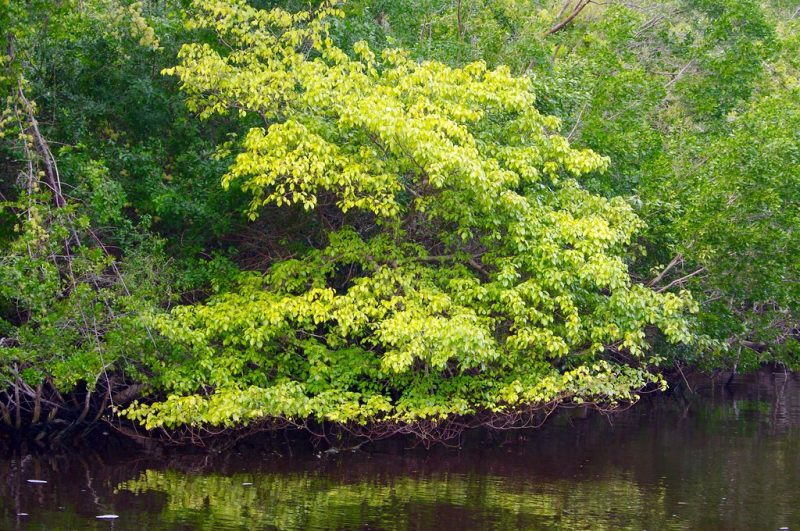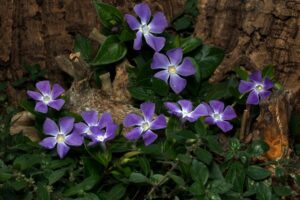Trees have long been synonymous with beauty and serenity, gracing landscapes with their vibrant foliage and providing a haven for wildlife. However, not all trees embody such positive attributes; some bear toxic consequences that can greatly impact both humans and the environment. Here, we explore some of the most notorious poison trees that demand our respect and caution.
Callery Pear (Pyrus calleryana)
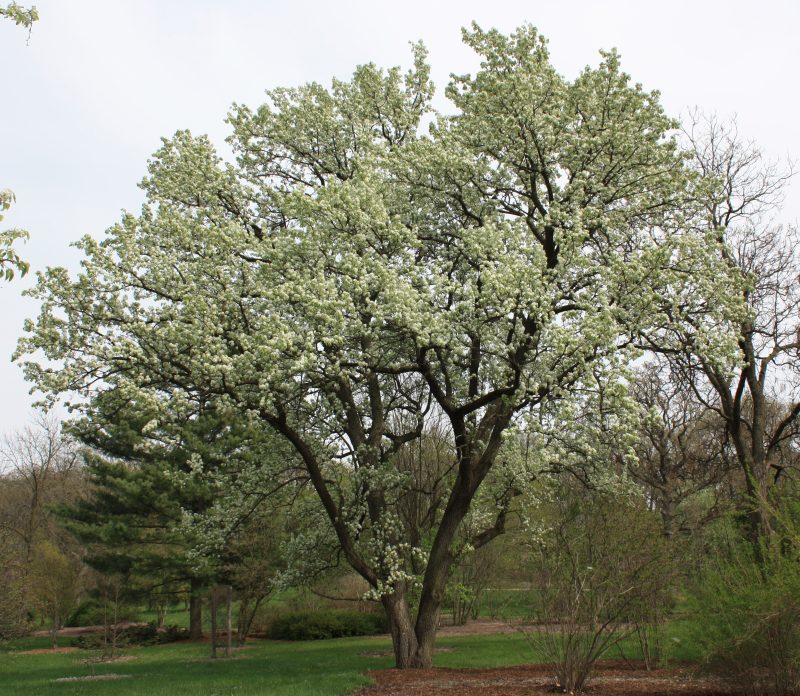
The Callery Pear, often celebrated for its stunning spring blooms, conceals a darker side with its toxic potential. This fast-growing tree is renowned for its pear-like fruits that, while not the primary source of toxicity, can lead to gastrointestinal discomfort if consumed in significant quantities. The primary concern lies not in direct toxicity, but rather in the tree’s invasive nature, which can lead to ecological imbalances.
When the Callery Pear flourishes unchecked, it can outcompete native flora, disrupting habitats and leading to a decline in biodiversity. While the leaves are not typically harmful to humans, some individuals may experience mild allergic reactions upon contact. Furthermore, the tree secretes various organic compounds that can affect soil health, inhibiting the growth of sensitive plants. Gardeners and landowners need to be vigilant about the invasive tendencies of this tree, which can lead to unharmed native flora being pushed out of their ecosystems.
Apart from its ecological implications, the Callery Pear has also been implicated in causing respiratory issues for some due to the potent scent of its blossoms. This development underscores the importance of understanding that even trees considered ornamental can possess traits that are harmful in various subtle ways.
Black Walnut (Juglans nigra)
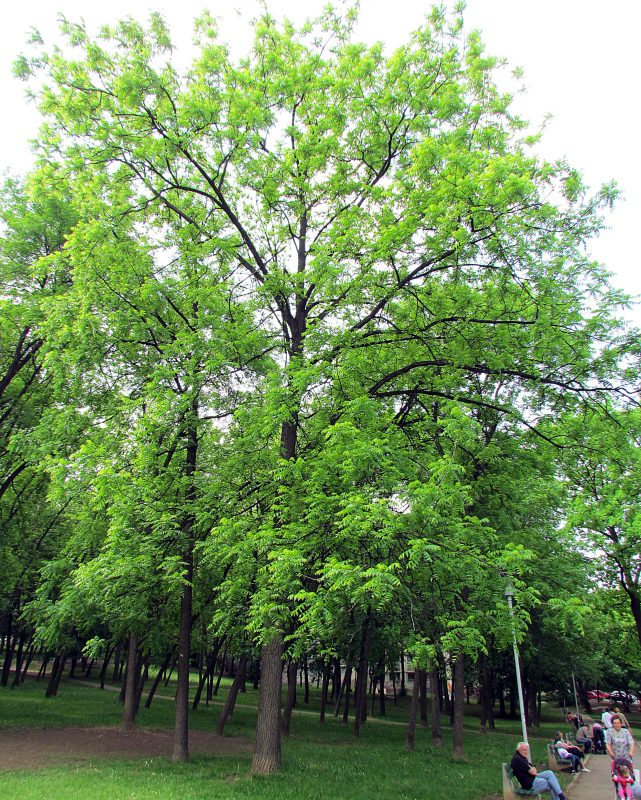
Black Walnut trees are revered for their sturdy hardwood and the flavorful nuts they produce, but they also come equipped with a remarkable defensive mechanism that can be detrimental to other plants. The primary toxic compound found in Black Walnut is juglone, a naphthoquinone. This substance is secreted by the roots and can leach into the surrounding soil, rendering it inhospitable to many garden favorites, including tomatoes, potatoes, and certain types of evergreens.
Juglone functions as an allelopathic chemical, which means it can suppress the growth of neighboring plants by inhibiting their ability to germinate or thrive. This natural herbicide can even persist in the soil long after the tree has been removed. Home gardeners often find themselves grappling with the challenges posed by Black Walnut planting due to its extensive root system and its ability to affect soil chemistry, underscoring the complexities of garden biodiversity.
Moreover, the nuts and husks of the Black Walnut can be toxic to dogs and other pets if ingested. This added layer of toxicity emphasizes the necessity for caution around these trees, particularly for families and pet owners. Understanding the implications of having a Black Walnut nearby is vital for any landscape management, highlighting how beauty and utility can come with hidden challenges.
Sandbox Tree (Hura crepitans)
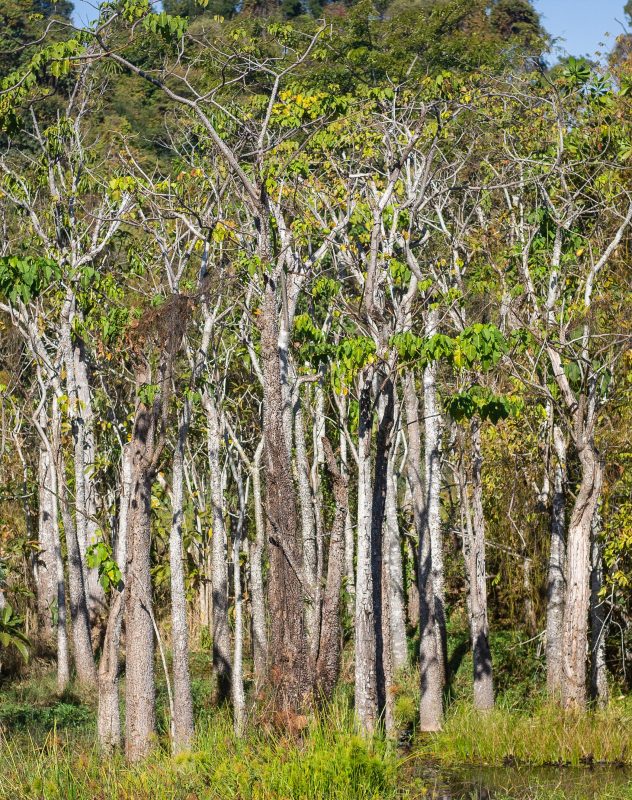
Known for its explosive seed dispersal mechanism, the Sandbox Tree, or Hura crepitans, showcases a striking blend of natural beauty and danger. This tropical member of the Euphorbiaceae family contains a milky latex that is not only skin-irritating but can also be highly toxic if ingested. The sap can cause severe allergic reactions in some individuals, potentially leading to itching, redness, blisters, or worse.
The Sandbox Tree is notorious for its large, round seed pods that can burst open with force, ejecting seeds up to 60 feet away. While this reproductive strategy might aid in its proliferation, it poses a risk to unsuspecting passersby. The potential for injury from falling pods adds a layer of caution for those venturing near these impressive trees, as the force can cause physical harm.
Additionally, the toxic properties of the Sandbox Tree make it detrimental to agriculture, particularly in regions where it has become invasive. Its ability to produce toxins hampers the growth of nearby crops, leading to decreased agricultural yields and presenting challenges for local farmers who often have to manage its encroachment. As such, while the Sandbox Tree might captivate with its unique characteristics, its potential for toxicity and harm makes it a subject of concern in sustainable landscape practices.
Poison Sumac (Toxicodendron vernix)
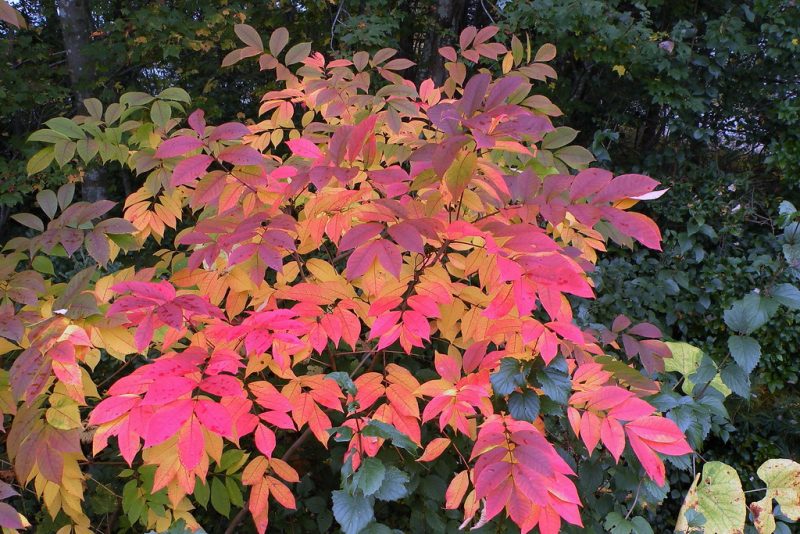
Poison Sumac is a shrub or small tree that thrives in wet, swampy areas, primarily in the eastern United States. It is often misunderstood due to its leaf-like similarity to non-toxic varieties, misleading those who are unaware of its harmful effects. The significant hazard presented by Poison Sumac lies in its production of urushiol, a highly irritating oil that can provoke severe skin rashes upon contact. Unlike other toxic relatives like poison ivy and poison oak, Poison Sumac is less common but is equally infamous for causing dermatitis.
Urushiol can cling to clothing, tools, and even pets, making indirect contact a potential issue for those cleaning up or entering areas where the plant grows. Even the smoke from burning its leaves can carry urushiol particles, posing a risk to anyone nearby. The resulting rash can lead to extreme discomfort, requiring medical attention in severe cases of exposure.
Moreover, Poison Sumac is often found cohabitating with other plants that may further increase allergic reactions. Its presence can create substantial challenges for hikers, outdoor enthusiasts, and anyone working in or near wetlands. A thorough understanding of Poison Sumac’s distinctive leaf structure—seven to thirteen leaflets arranged in a compound formation—can help individuals avoid contact with this hazardous species.
Oleander (Nerium oleander)

Oleander is an attractive shrub that is commonly planted in gardens and landscapes for its vibrant flowers and drought tolerance. However, beneath its stunning exterior lies a deadly truth—every part of the Oleander plant contains toxic compounds, making it highly dangerous to both humans and animals. The primary toxic agents are cardiotoxic compounds known as oleandrin and neriine. Ingesting even small amounts of these toxins can lead to serious health issues, including nausea, vomiting, cardiac arrhythmias, and, in severe cases, death.
Children are particularly susceptible to Oleander’s toxic effects, as they may unknowingly consume the alluring leaves or flowers, drawn in by their striking aesthetic. Symptoms of poisoning can manifest quickly, prompting immediate medical attention as oleandrin can disrupt heart function, leading to life-threatening conditions.
Beyond ingestion, contact with the plant’s sap can produce skin irritations in sensitive individuals, necessitating caution when handling the plant. Despite its toxicity, Oleander can be a popular choice for landscaping in warmer climates due to its resilience. However, those who choose to cultivate it should remain acutely aware of its perilous nature, ensuring that it is not planted in areas frequented by children or pets.
Manchineel Tree (Hippomane mancinella)
Revered and reviled, the Manchineel Tree is often labeled as one of the most dangerous trees in the world. Indigenous to the coastal areas of the Caribbean and parts of Central America, this tree’s striking appearance is deceptively inviting. Its fruits resemble apples, enticing those who encounter it, but every part of the Manchineel is toxic. The tree produces a potent milky sap that contains multiple toxic compounds, including phorbol, which can cause intense pain and deterioration of the skin upon contact.
Even standing beneath a Manchineel Tree during rain can be hazardous; the sap can wash off the leaves and drip onto unsuspecting individuals, resulting in severe skin burns. Ingesting the fruit can lead to gastrointestinal distress, hallucinations, and extreme pain, illustrating the critical need for awareness when exploring its habitats. Despite its often beautiful surroundings, the tree has earned a notorious reputation, with warnings posted in areas where it grows.
Historically, the Manchineel Tree has been utilized by indigenous people for its toxic properties. The sap was integrated into arrows for hunting, demonstrating a dark yet clever adaptation of its harmful characteristics. For contemporary societies, understanding the hazards presented by this tree is crucial, especially in ecotourism contexts where education can prevent dangerous encounters. This unique tree underscores the importance of respecting nature’s beauty, while also acknowledging the latent dangers inherent in certain species.
Poisonwood (Metopium toxiferum)

Poisonwood is a lesser-known but highly toxic tree found primarily in the tropical regions of the Caribbean and parts of southern Florida. Similar to its relatives in the Toxicodendron family, Poisonwood produces urushiol, the same irritant that causes the notorious skin reactions associated with poison ivy and poison sumac. However, the concentration of urushiol in Poisonwood is significantly higher, making it particularly hazardous for anyone who accidentally brushes against its trunk or foliage.
In addition to its potent allergenic properties, Poisonwood seeds are also toxic if ingested, producing symptoms such as nausea and vomiting. Notably, the tree’s bark and leaves can cause immediate rashes or dermatitis upon contact, making it essential for anyone exploring areas where Poisonwood grows to educate themselves about its identifying features. Typically, Poisonwood leaves are glossy and compound with clusters of leaflets that can alternate in arrangement, resembling other non-toxic species but harboring a hidden danger.
Traditionally, indigenous populations utilized Poisonwood for its durable wood in crafting tools and canoes, demonstrating its dual nature as both a resource and a threat. Awareness and education regarding Poisonwood are vital, particularly for ecotourism operators and outdoor enthusiasts, to prevent accidental exposures and the harmful consequences that can follow.
Eastern Cottonwood (Populus deltoides)
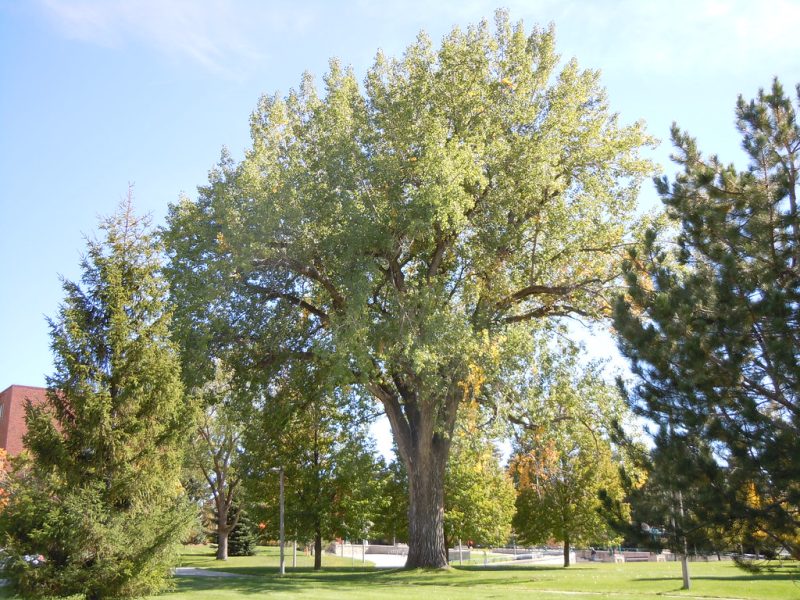
The Eastern Cottonwood is a majestic tree commonly found near rivers and wetlands across North America. While this tree may not be inherently toxic in the conventional sense, its reproductive cycle poses significant health risks due to the immense amounts of fluff it produces during the spring. The fluffy seed strands, while soft and seemingly harmless, can become airborne, leading to respiratory issues in susceptible individuals. Those with allergies or asthma may experience heightened symptoms during the cottonwood’s flowering season, which can turn a picturesque landscape into a sneeze-inducing maze.
In addition to respiratory concerns, the Eastern Cottonwood contains salicylates, natural compounds similar to aspirin that can occasionally cause irritation in some individuals, particularly if ingested. Though the tree is primarily not dangerous, the exposure to large clouds of cottony fluff during its pollination season can lead to significant discomfort for those with pre-existing sensitivities.
The practical uses of Eastern Cottonwood, including its fast growth and suitability for riparian restoration, must be balanced with understanding its impact on local allergy sufferers. As urban landscapes continue to evolve, recognizing the implications of planting such trees in populated areas becomes increasingly important for community health considerations.
Black Locust Tree (Robinia pseudoacacia)
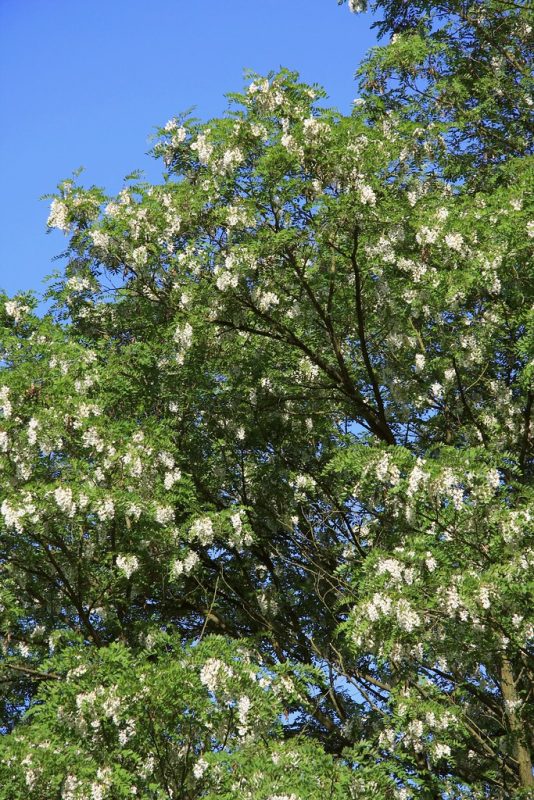
The Black Locust Tree, distinctive for its fragrant flowers and hardiness, is often found in parks and landscapes across the United States. Though it is often appreciated for its utility as an ornamental tree and its excellent wood for furniture, the Black Locust harbors notable toxins that necessitate caution. Both the leaves and the immature seed pods contain a toxic compound known as Robin, which can lead to symptoms such as gastrointestinal distress if ingested. Even livestock grazing on the leaves can suffer detrimental health effects, highlighting the need for careful management in agricultural settings.
Interestingly, Robin toxicity varies with the maturity of the plant; young leaves and pods present the highest risk, whereas older branches are far less toxic. Despite this variability, the potential danger remains, making it essential for gardeners, farmers, and outdoor enthusiasts to be aware of the risks presented by this tree.
What further complicates matters is that Black Locust has a proclivity to hybridize with other locust species, potentially leading to even more toxic characteristics in offspring. Gardeners hoping to introduce this tree into their landscapes should consider its invasive tendencies as well. It can spread aggressively, undermining local ecosystems and outcompeting native flora.
Thus, while the Black Locust offers benefits, its toxic properties and invasiveness necessitate a discerning approach to its planting and management in cultivated and wild landscapes. Understanding its unique duality ensures that those who interact with this tree are well-informed of both its alluring qualities and hidden dangers.
Suicide Tree (Cerbera odollam)
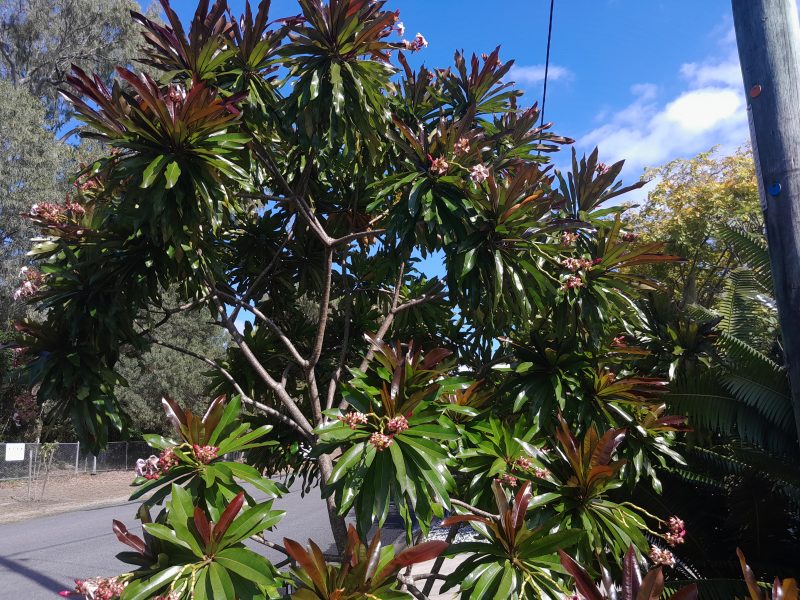
The Suicide Tree, named for its notorious reputation, is native to coastal regions of Southeast Asia, particularly in countries like India, Bangladesh, and Vietnam. The tree produces a fruit that is visually appealing yet deceptively dangerous; its seeds contain potent cardiac glycosides, specifically cerberin. These compounds can induce severe arrhythmias and cardiac arrest when ingested, leading to its ominous moniker.
Historically, the toxic fruits of the Suicide Tree have been used in traditional practices, with reports of poisoning and suicides stemming from the mistaken belief that the fruit could be safely consumed. The toxic warfare of cerberin is not just limited to ingestion; individuals can suffer skin irritation and allergic reactions after handling the tree’s sap or seeds.
Moreover, the tree’s ecosystem impact cannot be overlooked. In regions where the Suicide Tree grows, it can inhibit the growth of other plant species by releasing allelopathic compounds into the soil, creating a challenging environment for nearby vegetation. Awareness and education about the dangers posed by this tree are crucial in ensuring that local populations avoid its toxic effects.
Milky Mangrove (Excoecaria agallocha)

The Milky Mangrove, often found in coastal areas and mangrove swamps, features a striking appearance with its glossy green leaves and dense growth. However, it harbors a milky sap that is highly toxic and can lead to skin burns and irritation upon contact. This toxic sap contains several venomous compounds, including tannins and other phenolic substances, which can cause severe allergic reactions in sensitive individuals.
One of the most alarming traits of the Milky Mangrove is the potential for its sap to cause chemical burns if it comes into contact with skin. Additionally, ingestion of any part of the tree can result in nausea, vomiting, and gastrointestinal distress. Thus, for anyone venturing into mangrove ecosystems, the Milky Mangrove presents substantial risks that warrant caution.
Despite its hazardous characteristics, the tree plays vital roles in its ecosystem. The Milky Mangrove contributes to coastal protection, preventing erosion and providing a habitat for diverse marine life. However, the need for awareness becomes paramount when humanity interacts with this impressive yet dangerous tree, reinforcing the importance of respecting nature’s boundaries and educating communities about safe practices.
Strychnine Tree (Strychnos nux-vomica)
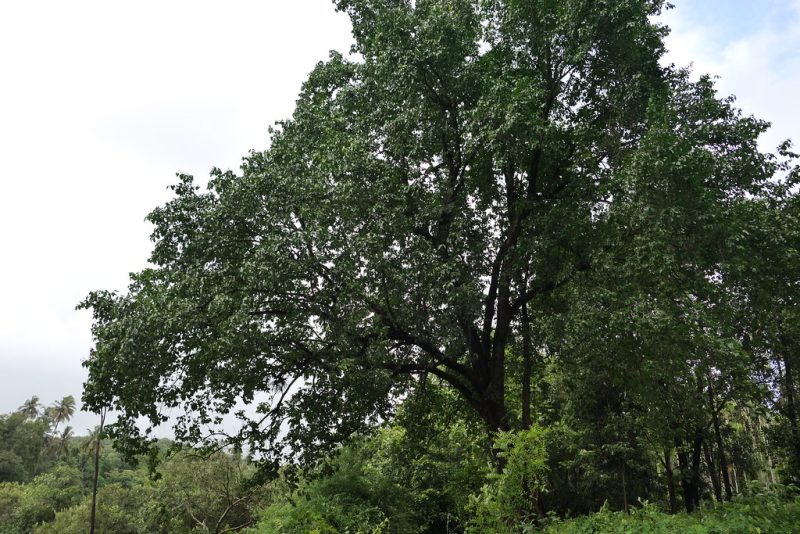
The Strychnine Tree, indigenous to Southeast Asia and Australia, is notorious for its seeds, which contain strychnine and brucine—highly toxic alkaloids that can have lethal effects on mammals. Strychnine is an agonist, leading to overstimulation of the central nervous system, which can cause violent muscle contractions, convulsions, and ultimately death due to respiratory failure. This tree has a grim reputation, as even a small amount of the seeds can be fatal, especially for children and pets.
Traditionally, the Strychnine Tree has been employed in various cultural practices, from preparing poisons for hunting and fishing to usage in traditional medicine. However, the fine line between medicinal and toxic qualities underscores the tree’s dangerous allure. It’s crucial for anyone who encounters this tree—or any related products—to fully understand the risks associated with its use.
Beyond its immediate toxicity, the Strychnine Tree can have broader ecological repercussions. Over-harvesting of the seeds for their alkaloids can impact local biodiversity, as the tree plays a role in its ecosystem by providing shelter to various organisms. Its duality as a resource and a perilous plant necessitates a careful approach for those living in and around its native habitat, where awareness and education about its toxic characteristics can help mitigate risks and promote safety.
Wild Cherry Trees (Prunus serotina)
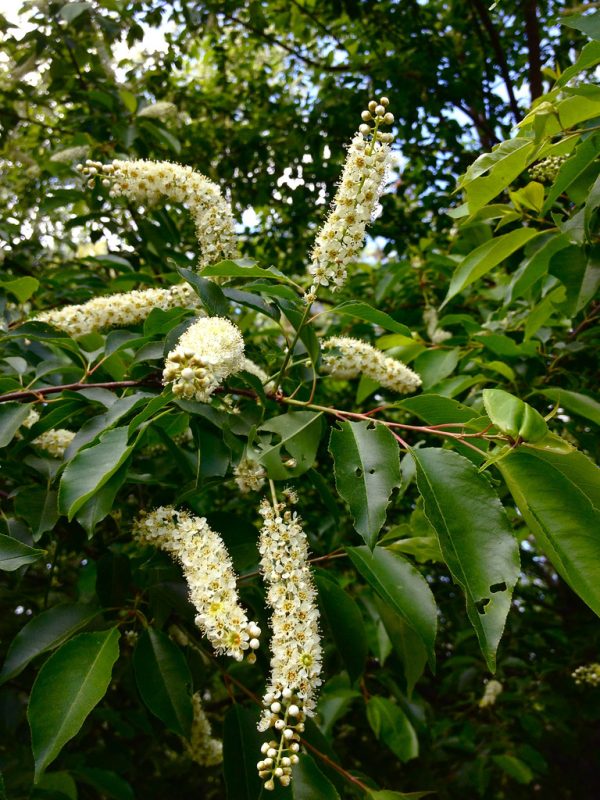
Though often celebrated for their beautiful blossoms and the shade they provide, Wild Cherry Trees, or Prunus serotina, come with a hidden danger that deserves attention. The leaves, bark, and seeds of this native North American tree contain cyanogenic glycosides, which are chemical compounds that can release cyanide when metabolized in the body. While the ripe cherries from this tree are safe and enjoyed by many, the unripe fruits, along with the other parts of the tree, can be toxic, especially when consumed in large quantities.
Ingesting Wild Cherry foliage or bark can lead to symptoms of cyanide poisoning, which include difficulty breathing, rapid heart rate, and in severe cases, loss of consciousness or death. Animals, particularly livestock, are at risk if they graze on the tree’s leaves or consume the fallen fruit. The toxicity can be particularly dangerous in confined spaces where livestock might feed on the leaves for extended periods, as the concentration of cyanogenic compounds can build up.
Interestingly, the toxicity of Wild Cherry Trees can also vary with the season and condition of the tree, as drought stress or damage can lead to increased concentrations of cyanogenic glycosides in the leaves. Thus, cognizance of the environment around Wild Cherry Trees is essential for farmers and foraging enthusiasts. Enhanced awareness about this tree’s dual nature—its aesthetic appeal versus its potential toxicity—can cultivate safer interactions with nature.
Poison Oak (Toxicodendron diversilobum)
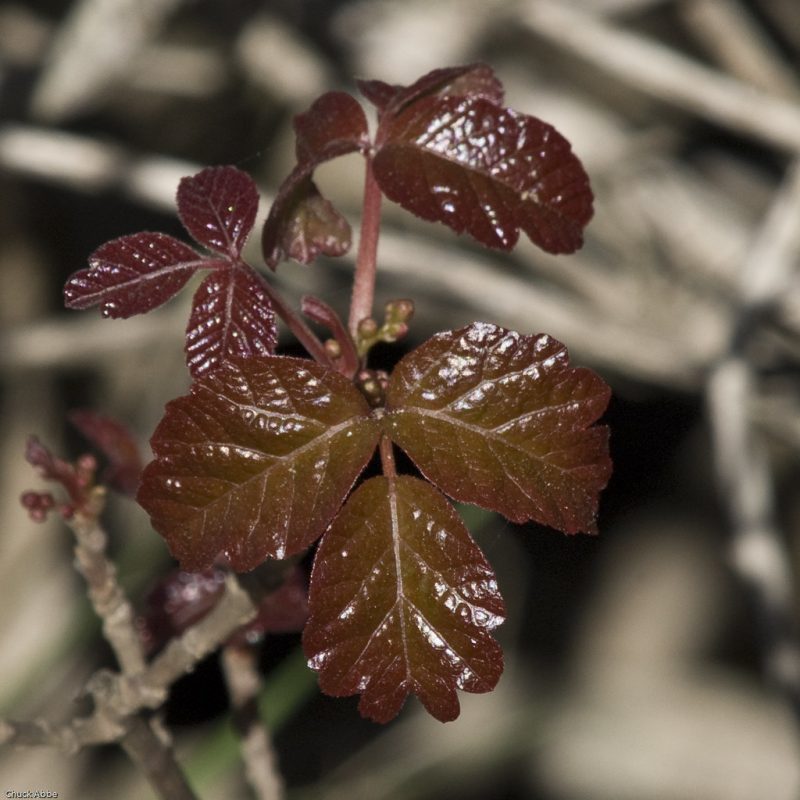
Poison Oak is a notorious member of the Toxicodendron genus, infamous for causing severe allergic reactions in those who come into contact with it. This plant is often confused with its harmless counterparts due to its similar foliage, which typically features lobed leaves that can change color with the seasons, ranging from green to red. The primacy of its danger rests in the oil, urushiol, that is produced by the plant’s leaves, stems, and roots.
Exposure to urushiol triggers an immune response in sensitive individuals, resulting in a painful, itchy rash characterized by red blisters and inflammation. The severity of the reaction can vary significantly from one person to another, with some experiencing mild skin irritation while others suffer acute dermatitis. In fact, urushiol is potent enough that even indirect contact—such as touching clothing, tools, or pets that have brushed against the plant—can lead to allergic reactions.
What compounds the risk associated with Poison Oak is its resilience and ability to thrive in diverse environments, from coastal areas to inland forests. It often grows in dense thickets, making it an inadvertent hazard for hikers and outdoor enthusiasts. The plant not only poses risks to humans but can also be detrimental to pets that may wander near it, as they can carry urushiol back into homes and inadvertently expose their owners.
Management strategies for areas where Poison Oak grows involve educating the public on its identification and the risks it entails. Utilizing barriers and signage in known areas of growth can help mitigate accidental encounters. Awareness of Poison Oak can lead to a more informed public, promoting safety in nature while respecting the plant’s place within its ecosystem. Ultimately, while Poison Oak can be a nuisance, understanding its toxic properties reinforces the principle of coexisting with nature safely and responsibly.


